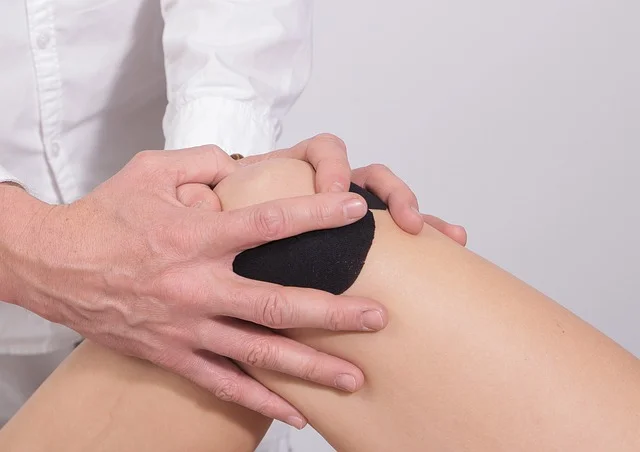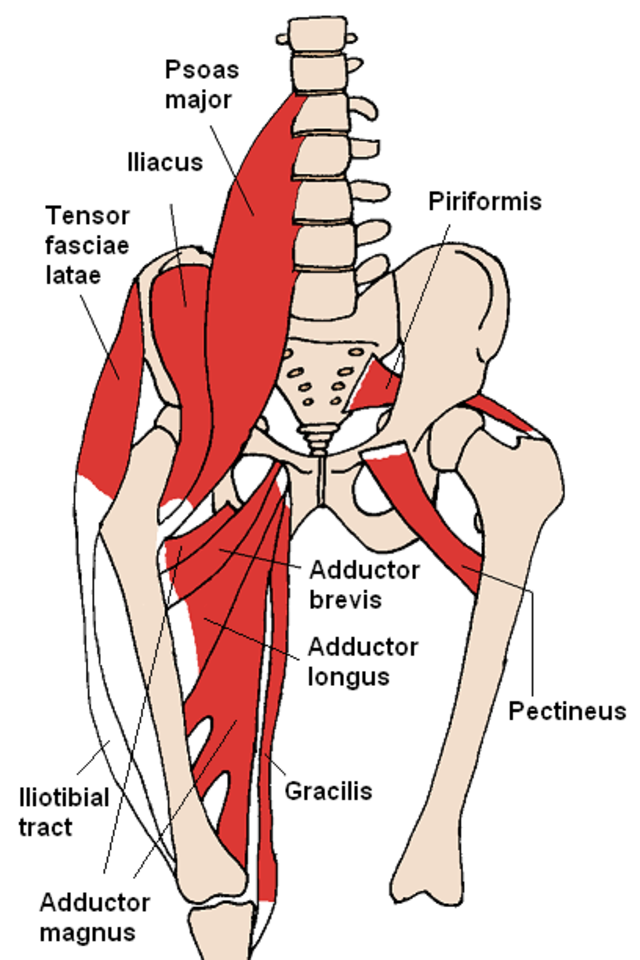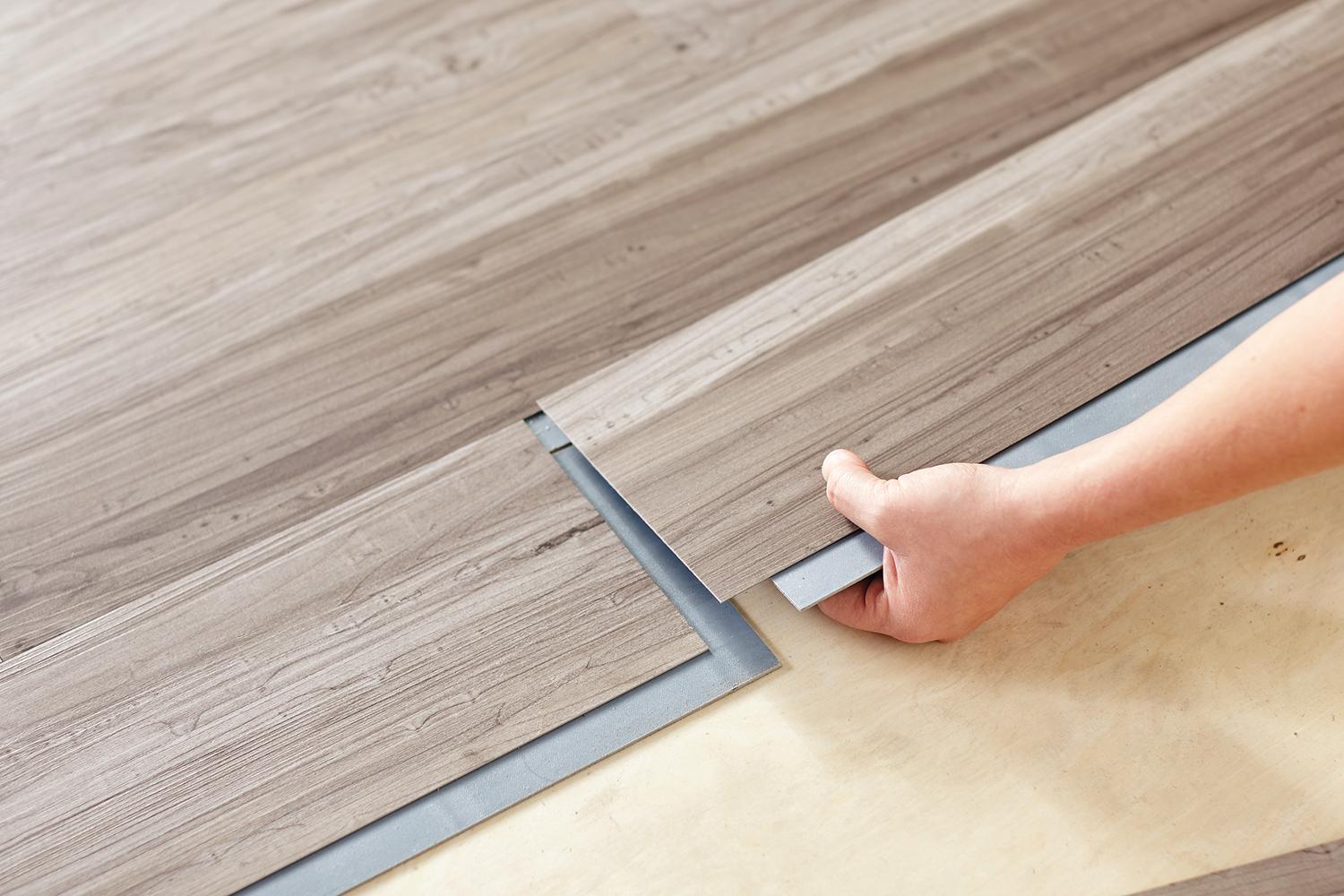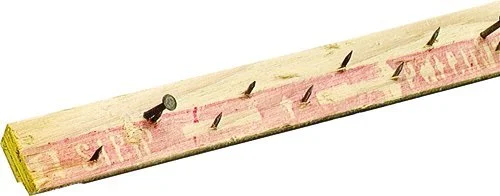Meniscus tears for dancers: symptoms, recovery, and strengthening exercises
/Through my years of dancing, the most devastating injury I've ever had was a right inner meniscus tear that I experienced in the week leading up to a competition in 2008. I still know the exact move that led me to that permanent injury (don't turn your knee in too sharply!) In case you get lost about where the meniscus is and what it does, take a look at my post on the anatomy of the knee for dancers for a more detailed explanation.
In this post, I'll talk about my experiences with my meniscus tear, including the symptoms, how I managed to deal with the pain, and the exercises that I did to get my knee back to (almost) full strength.
Symptoms - aka, "Do I have a meniscus tear?"
1. The most obvious injury is pain in the knee. Unfortunately, this description is not very diagnostic, as a lot of injuries from minor bruises to severe ACL tears can produce this symptom, so I'll just assume you're aware of this point already. The pain is often sharp and very localized in one area.
2. The knee "locks up" until you move it in a certain way. When the knee is "locked," it feels painful or unstable until it is "freed" again. This tends to happen after the knee remains inactive for a long period of time, as in driving or sitting still for hours, or when first waking up. For me, I discovered a specific pattern of motion to unlock my knee. First, while keeping the knee bent, bring it up towards the chest. Unbend the knee, kicking outward, while lowering the foot back to the ground. The exact motion will differ depending on your meniscus tear.
3. Difficulty bending completely, or a decreased range of motion. For many meniscus tear injuries, you will be losing a range of motion. For example, I can't bend my knee any more than 30 degrees without causing a sharp pain. As such, my movements are limited on this half of my body. Wearing a knee brace during rehearsals and performance always helped.
4. It hurts going down stairs. This symptom is similar for several knee injuries, but the pain tends to persist for a long period of time. I find it difficult to walk down stairs without holding on the rail, and I put a lot of weight into my stronger knee when descending. This is almost a hallmark symptom for a meniscus tear, so keep an eye out for it!
Recovery exercises
Short of surgery, which is risky, expensive, and not guaranteed to improve the knee, there are a handful of exercises that you can do to strengthen the muscles around the knee, hip, and back to compensate for the weakness.
1. Resistance heel slide. (Requires exercise bands) Lie down on your back, and place your foot into the resistance band as you hold the handles. Bend the knee, as your foot slides towards your body. Try to bring your knee as close to your body as you can, maximizing mobility - although early on you might not be able to bend much. Kick your foot away, pressing against the band until your leg is fully extended. Repeat 10 times daily. Make sure your knee is aligned with the direction of your foot; avoid twisting. If you experience pain, either use a lower resistance band or try the exercise without resistance.
2. Single Leg Calf Raise. Find a ledge where you can hold onto something for balance. A stairwell is a perfect place for this. Put the ball of your foot on the platform with the heel off the ledge. Lower your heel below the level of the step, and come up on your tiptoe (releve, for you dance folk!). Repeat 20-30 times, then switch legs. This is also a great exercise for improving the small muscles around your ankle that help your balance.













